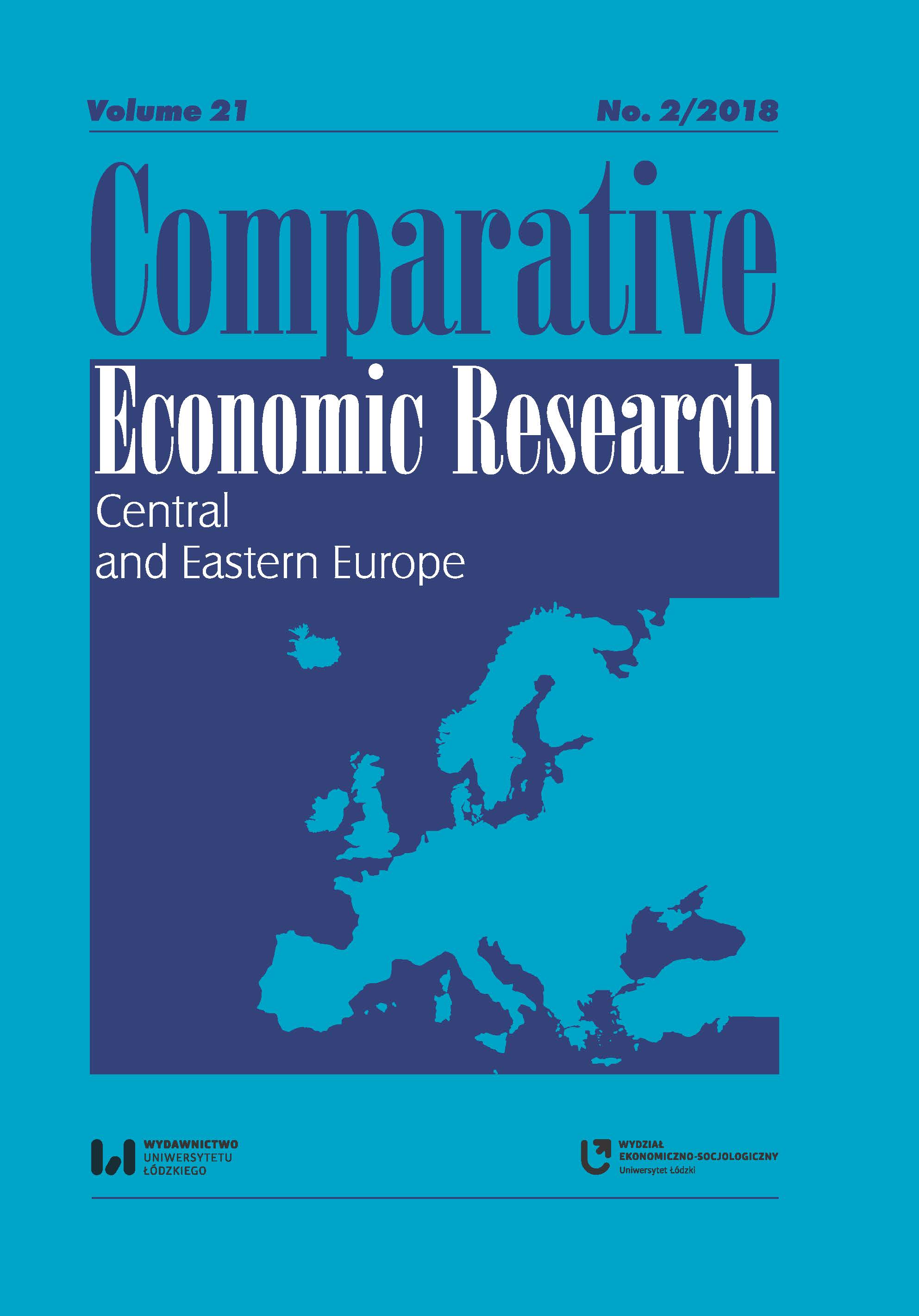An Empirical Analysis of Factors Affecting Bank Interest Margins: Evidence from the South East European Countries
An Empirical Analysis of Factors Affecting Bank Interest Margins: Evidence from the South East European Countries
Author(s): Mehmed GanićSubject(s): Financial Markets, Public Finances
Published by: Wydawnictwo Uniwersytetu Łódzkiego
Keywords: bank‑specific determinants; macroeconomic determinants; Interest rate spread; SEE region
Summary/Abstract: This paper provides an empirical analysis of factors affecting Bank Interest Margins in eight countries of the South‑East European (SEE) region between 2000 and 2014. The purpose of this paper is to examine and investigate the main drivers of Bank Interest Rate Margins across selected countries throughout the SEE region. Also, the study explored the relationship between the dependent variable Interest Rate Spread (IRS – as a proxy variable for measuring variation in Bank Interest Rate Margins) and a set of selected banks’ specific variables in SEE by employing panel data estimation methodology. This research is based on aggregate data for the whole banking sector of each country. In line with some expectations, our findings confirm the importance of credit risk, bank concentration operative efficiency, and inflation expectations in determining Bank Interest Rate Margins. Interestingly, in contrast to the majority of recent empirical research, the study found an inverse relationship between the bank concentration variable and Bank Interest Rate Margins as well as between the operational efficiency variable and Bank Interest Rate Margins. Also, the study could not find statistically significant evidence that Bank Interest Rate Margins are determined by output growth, bank profitability (measured by ROA) or liquidity risk.
Journal: Comparative Economic Research. Central and Eastern Europe
- Issue Year: 21/2018
- Issue No: 2
- Page Range: 81-98
- Page Count: 18
- Language: English

